The consulting consortium of the Center for Consulting on Transport Development Investment (CCDTI) - Transport Investment and Construction Consulting Joint Stock Company (TRICC-JSC) said that it has proposed to plan a number of national railway stations in urban areas, hub stations, and international transit stations (planning) to orient the development of railway stations for the period up to 2030, with a vision to 2050.
The criteria for determining the group of stations planned for this phase are the existing stations on the main national railway lines that are in regular operation and meet the following requirements: Being the first and last stations of the line; stations with international transit functions or with the potential to become international transit stations; stations with connections or orientations to connect seaports, dry ports, inland waterway ports; stations with large passenger and cargo demand with regional hub locations or located in large urban areas (except for stations in the planning of Hanoi railway hub areas, Ho Chi Minh City railway hub areas, routes and stations on the Lao Cai - Hanoi - Hai Phong - Ha Long railway route).
At the same time, priority is given to planning existing stations with limited development space and newly built stations with high transportation demand.
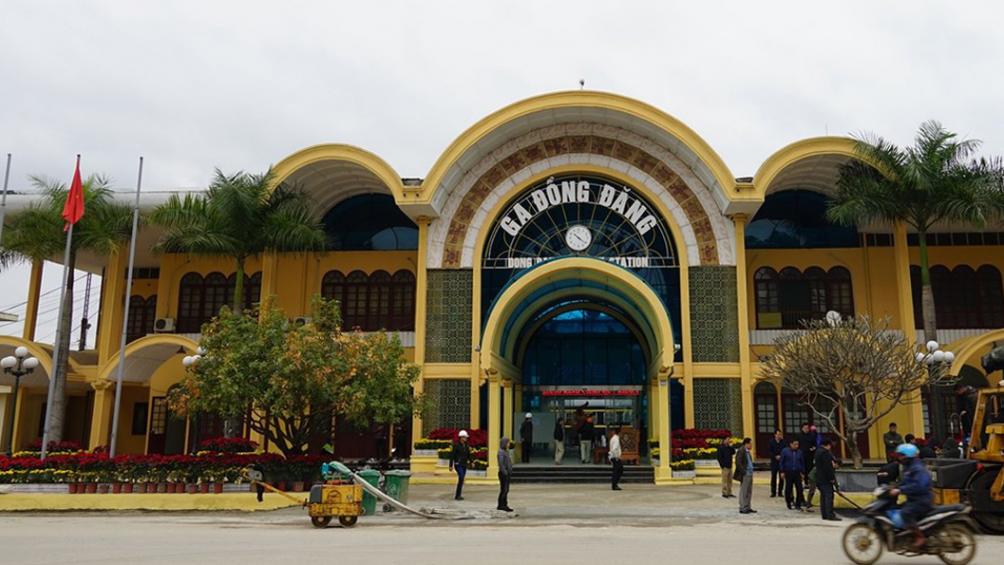
The station planning consultant proposed to include 15 international hub stations with high transportation demand in the planning (Photo: illustration).
From here, the consultant proposed planning orientation for 15 stations on regularly operated routes: Hanoi - Ho Chi Minh City route, Hanoi - Dong Dang route on the North - South corridor, Hanoi - Hai Phong route on the East - West corridor.
The 15 proposed stations include: Dong Dang, Yen Trach, Kep, Sen Ho, Ninh Binh, Nghi Son port connection station (Khoa Truong or Truong Lam), Vinh, Cua Lo port connection station (expected at Nghi Long or Quan Hanh), Kim Lien, Dieu Tri, Nha Trang, Vinh Trung, Thap Cham, Ca Na.
In particular, on the Hanoi - Ho Chi Minh City railway line, Ninh Binh station is the national railway hub connecting the Ninh Binh - Ninh Phuc inland waterway port cluster; Khoa Truong station (or Truong Lam station) is the national railway hub to transfer goods serving Nghi Son economic zone; Vinh station is the national railway in the urban area, with a tourism role; Nghi Long station (or Quan Hanh station) connects with Cua Lo port.
Kim Lien station is a national railway hub connecting Lien Chieu port; Dieu Tri station is a national railway hub oriented to connect Quy Nhon dry port, with a tourism role; Nha Trang station is a national railway in the urban area, with a tourism role; Vinh Trung station is oriented to perform the function of a freight station by 2030, after 2030 the passenger function of Nha Trang station will be transferred entirely to Vinh Trung area; Thap Cham station is a national railway in the urban area, with the role of connecting the tourist railway line; Ca Na station connects with the railway line going to Ca Na general port.
For the Hanoi - Dong Dang route, the selected stations have the role of intermodal transport, with the need to expand capacity and plan for connecting to dry ports. Specifically: Dong Dang Station is an international intermodal transport, with increasing traffic; Yen Trach Station is a national railway hub connecting to dry ports; Kep Station is a national railway hub connecting to Bac Giang dry port, temporarily operating for international intermodal transport; Sen Ho Station has the function of receiving and sending cargo ships, with a branch connecting to the Sen Ho dry port and logistics area of Bac Giang province.
For the Hanoi - Hai Phong route, the consultant said that Cao Xa station ( Hai Duong province) was selected for inclusion in the planning because the station is connected to waterways, industrial parks, and is oriented for investment to become an international transit station by 2030.
Also in the mid-term report, the consultant proposed to plan Lao Cai station and Dong Ha station at the same time as the railway line planning (route project); Implement investment and exploitation according to the current boundaries for four stations: Xuan Giao A, Viet Tri, Huong Canh, Vat Cach.
With 15 proposed stations within the planning scope, the following will be carried out: Planning of functions, locations, scales, and capacities of stations; Plans for traffic connection to stations and freight yards; Plans for renovating and expanding functional areas, extending station lines; Plans for planning freight yards, station warehouses, and cargo handling capacity; Plans for planning passenger terminals and functional areas; Orientation for arranging signal information systems, power supply, water supply and drainage, etc.
Source: https://www.baogiaothong.vn/de-xuat-lap-quy-hoach-chi-tiet-15-ga-dau-moi-lien-van-quoc-te-192240718221815454.htm








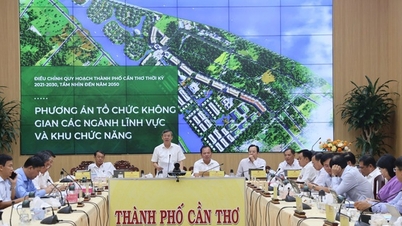



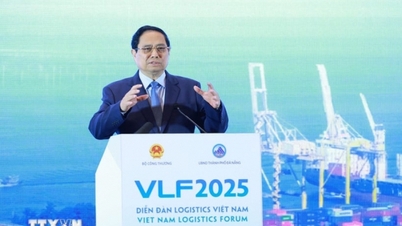

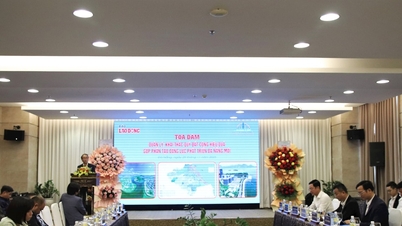



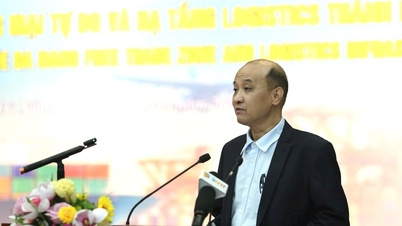
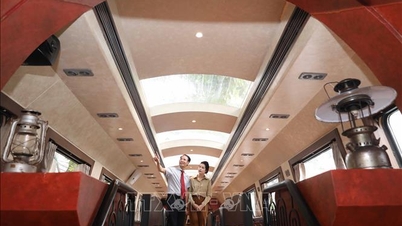




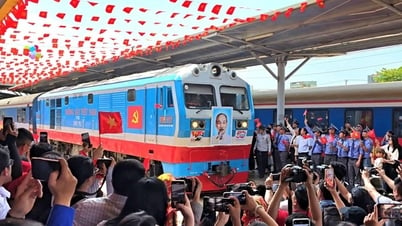


















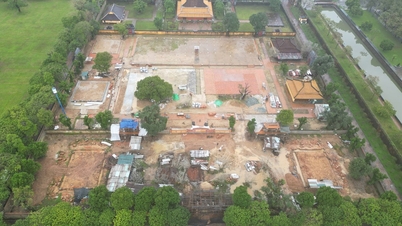
































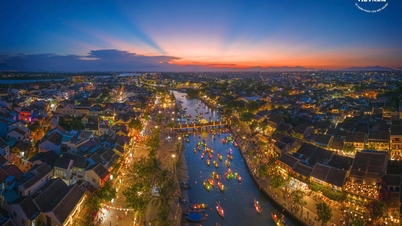
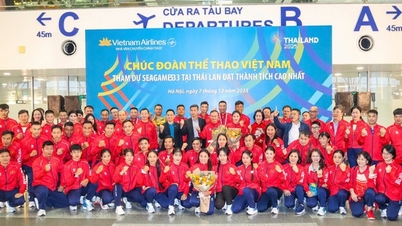
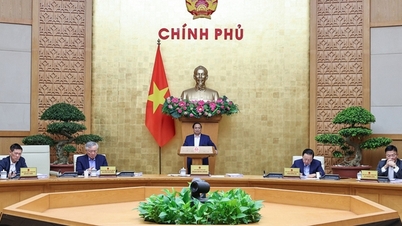

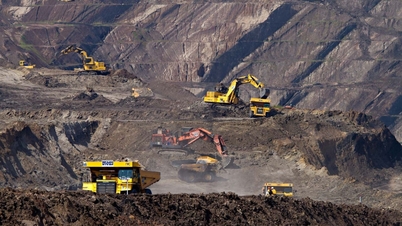






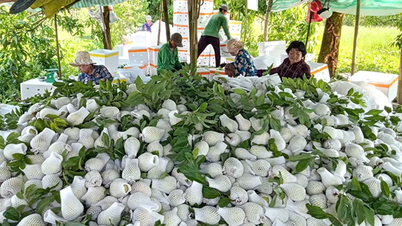
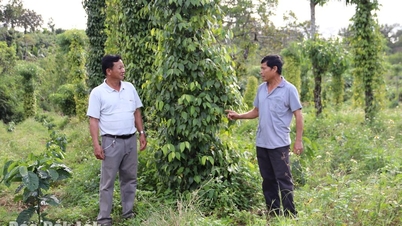

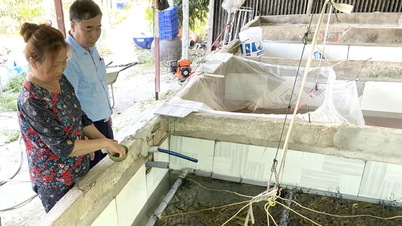
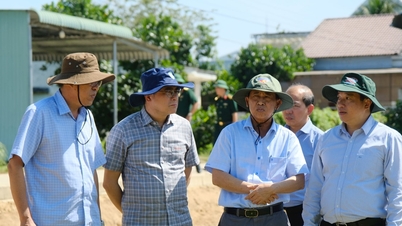


















Comment (0)